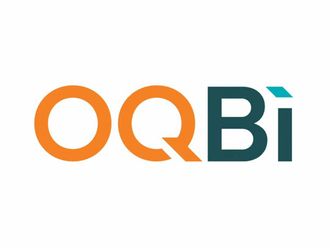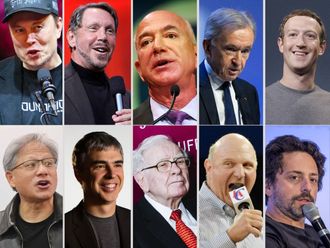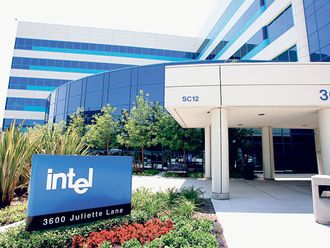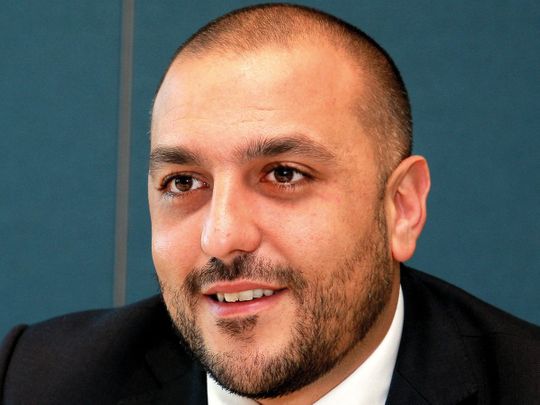
Dubai: S&P Dow Jones Indices is taking a plunge into passive or low-cost index funds in the Gulf region.
The index provider has launched 15-factor and multi-factor indices, based on the constituents of the S&P GCC Index, S&P Saudi Arabia Index, and the S&P Saudi Arabia Shariah Index, utilising factors such as volatility, value, quality and momentum.
The indices are being launched late in the region, compared to similar regional products in developed markets, because local markets lacked depth in terms of liquidity and momentum of listed shares.
“We want to support passive investing in region and offer the opportunity to local clients who currently have only the option of active investing to reap the benefits of passive investing,” Charbel Azzi, Head of Middle East, Africa & CIS at S&P Dow Jones Indices told Gulf News.
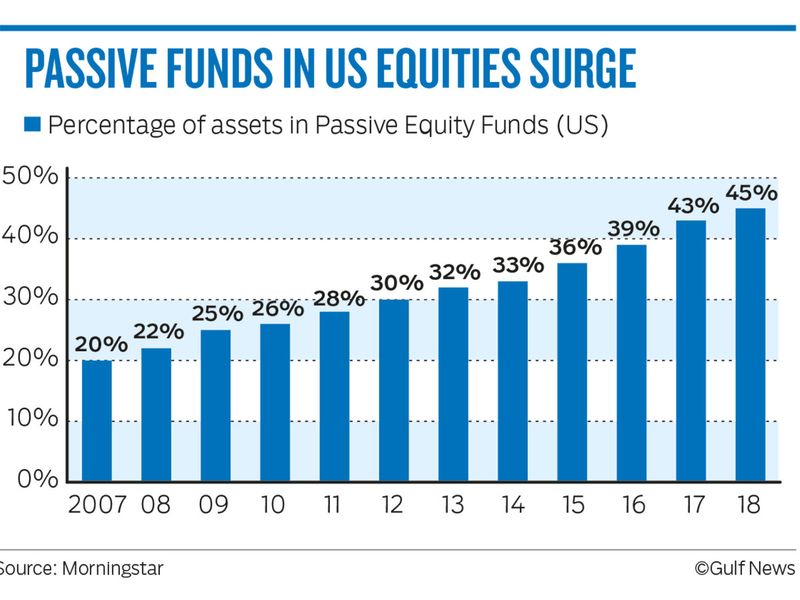
“As data shows, over a long-term investment horizon, active managers across market cap segments and styles have underperformed their respective benchmarks. Through a number of studies, we have found that managers that outperform their benchmarks in a given year, or are in the top quartile of their peer groups, are unlikely to repeat their winning streak repeatedly,” he added.
Globally, passive investing has been a success story so far.
In the United States alone, 47 per cent of the assets in 2018 were in passive funds, compared to 20 per cent in 2007.
The share of passive in US-domiciled equity funds will exceed 50 per cent within 2-3 years, according to JP Morgan.
In terms of performance, about 80 per cent of the active managers didn’t beat the benchmark for a single year globally, a study of 5,000 fund managers done by the S&P Dow Jones Indices revealed.
“For the past nine to ten years we have seen a lot of interest in the factor and multi-factor investing. Factor investing is a strategy that chooses securities on attributes that are associated with higher returns. Our indices cover factor combinations, as backed by academic research and empirical results, including low volatility, value, high dividend, quality and more,” Azzi said.
The index provider has passive indices focused on Saudi Arabia and the Gulf region, targeting companies like Saudi Basic Industries, First Abu Dhabi Bank, Emaar Properties among others with a focus on financials.
For example, financials stocks contributed to 45 per cent of the weight of the S&P enhanced value GCC composite index, and most of the shares, which are constituents of the index, are from Saudi Arabia, the largest equity market in the region.
“We are in close cooperation with the regional exchanges as our indices, being liquid and with transparent methodology, address the wide array of market attributes throughout the Middle East. Besides Saudi Arabia, Kuwait is a market with potential in the region,” Azzi said.
The index provider has seen a lot of demand for its sukuk indices too.
“This demand is a sign of our capital markets maturing. The S&P GCC High Yield Sukuk Index is designed to measure the performance of US dollar-denominated Sukuk from Gulf Cooperation Council (GCC) countries,” he added.
The sukuk index has 14 constituents and yield 7 per cent and the index was launched in 2018.
What explains greater adoption of passive funds vs active?
* One reason has been the greater adoption of equity ETFs as more liquid, cost effective and transparent trading vehicles by institutional relative to bond ETFs.
* A second reason is the greater competition on fees in the equity fund space facilitated by greater liquidity, more standardisation and more electronic trading in equities.
Why passive funds for bonds are not popular?
* Bond ETFs have seen slower adoption by institutional investors as bond index products are in general less suited to them. This is because several institutional investors such as pension funds and insurance companies have bespoke liabilities to match, making standard bond index products unsuitable.
* In bonds, both market liquidity and the share of electronic trading are lower than those for equities due to more fragmentation, less standardisation.
Source: JP Morgan



